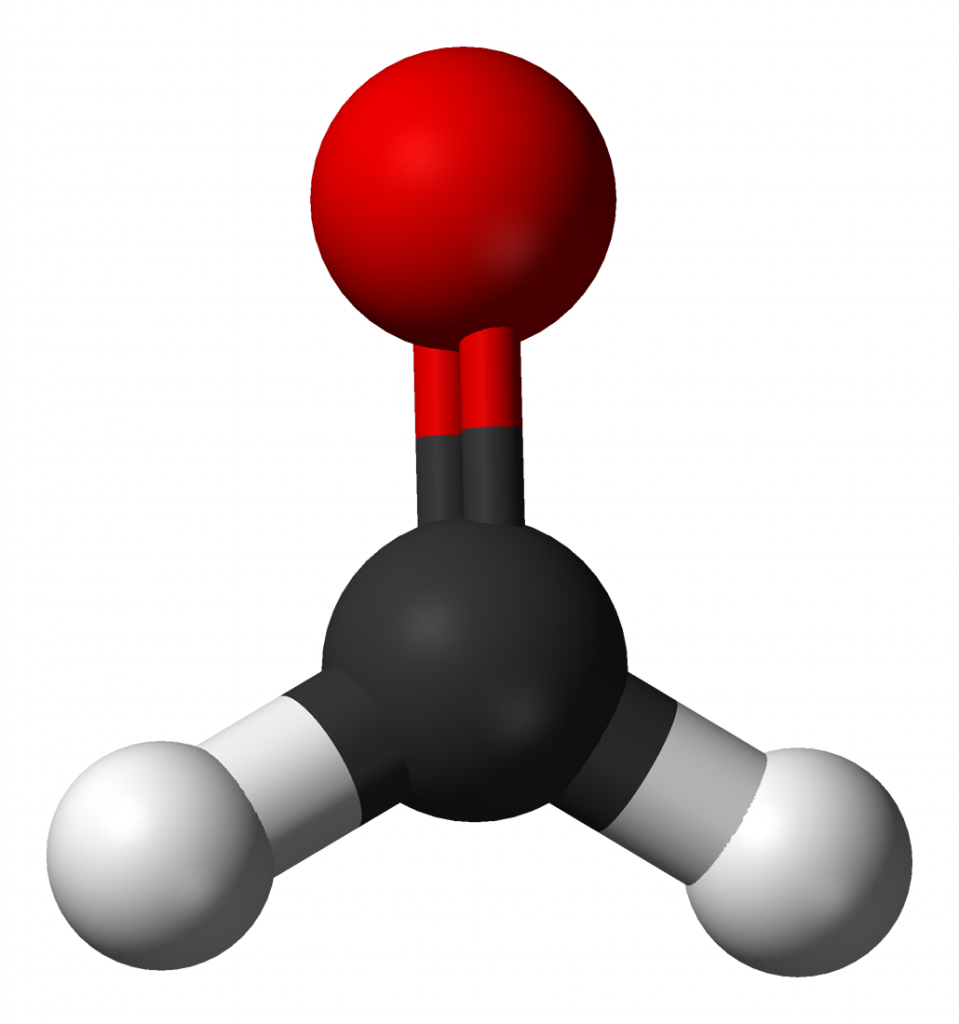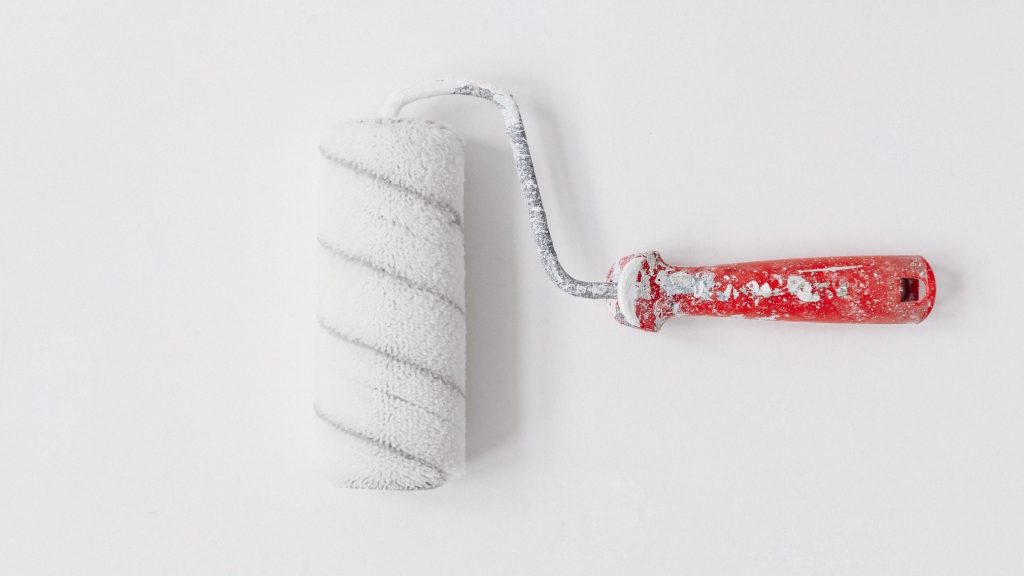Indoor air quality is directly linked to the health of the occupants. Hence, it is important to learn about various indoor air quality parameters. Not only it helps to monitor indoor air pollution but also helps in taking precautionary measures.
Here are indoor air quality parameters that help you monitor indoor air pollution:
PM 2.5 & 10

It is a mixture of solid particulate (particle) matter & liquid droplet found in the air. Some examples are Dust, dirt, smoke or ash.
Standard:
PM 2.5 – 0–8.9 μg/m3 is considered low as per 24-hour PM2.5
PM 10 – 0–16.4 μg/m3 is considered standard as per 24-hour PM10
Health Issues:
While PM 2.5 can aggravate respiratory issues, lung damage, etc. On the other hand, breathing larger air particles can cause Asthma attacks, bronchitis, high blood pressure, heart stroke.
What to do?
- Wear an air pollution mask before stepping out of the home.
- Install HEPA air purifier that removes indoor air particles
What not to do?
- Avoid activities that make you breathe faster or more deeply.
- Don’t smoke indoors or burn candle or incense sticks.
- Do not contaminate your surroundings.
- Avoid driving during pollution alerts.
How to know if the air quality conditions are better?
- Pay Attention to the weather forecast.
- Install the AQI (Air Quality Index) app to keep a check on the air quality.
- Installing indoor monitors helps understand various indoor air quality parameters.
Temperature

Did you know higher temperature can result in better air quality?
Standard:
Owing to variations in humidity and climate, the standard temperature during summer is 23 to 25.5°C and in winters is 20 to 23.5 °C.
Health Issues:
Frequent variation in temperature can cause respiratory infections, cardiac failure, and stroke too.
What to do?
- Cover yourself properly to avoid sunburn.
What not to do?
- Never step outside without a water bottle and an umbrella.
How to know if the air quality conditions are better?
- Pay Attention to the weather forecast.
- Install the AQI (Air Quality Index) app to keep a check on the air quality.
Humidity

It has been observed that higher humidity level also results in better air quality. Poor ventilation system, mist, and fog are some examples that tell about humidity level – indoors and outdoors.
Standard:
The ideal indoor humidity level must range between 40-60%.
Health Issues:
Exhaustion, fatigue, restlessness, damage of skin
What to do?
- Drink lots of water to stay hydrated.
- Eat salads and fresh fruits.
What not to do?
- Avoid being outside for too long.
To know various indoor air quality parameters, visit www.aqi.in.
Noise

Any unpleasant sound that creates discomfort to the ears causes noise pollution. Vehicle, horns, loudspeakers, construction sites are key sources to noise pollution.
Standard:
45 decibels are considered to be a permissible noise level for the city.
Health Issues:
Hypertension, high-stress levels, sleep disturbances are common health issues caused by noise pollution. Noise pollution is also one of the important air quality parameters that helps monitor outdoor air pollution.
What to do?
- Use earphones in public areas or invest in noise canceling headphones.
What not to do?
- Don’t honk unnecessarily during high traffic days.
AQI (Air Quality Index)

Air Quality Index (AQI) is a term to define the quality of the air you breathe. Particle matter, ground-level ozone, sulfur dioxide, nitrogen dioxide, carbon monoxide are fine examples of AQI.
Standard:
0-50 is considered to be a good AQI as per 24-hour AQI
Health Issues:
Respiratory disease, decreased lung function, shortened life span are some health issues that are caused due to breathing polluted air.
What to do?
- Use eco-friendly cars or travel by public transport.
- Limit the time or intensity of your outdoor physical activity.
- Install HEPA air purifier that removes indoor air particles.
- You can check indoor air quality parameters on air quality monitoring devices.
What not to do?
- Do not use pollution-emitting vehicles.
- Do not burn waste material.
How to know if the air quality conditions are better?
- Pay Attention to the weather forecast.
- Install the AQI (Air Quality Index) app to keep a check on the air quality.
HCHO (Formaldehyde)

Commonly known as formaldehyde, it is a poisonous, colorless, highly water-soluble gas with a pungent smell. Examples: Building materials, Laundry Detergent, Hair Straightening Treatments.
Standard:
- 0.1 mg/m3 (30-minute average concentration)
Health Issues:
Watery eyes, burning sensations in the eyes, nose, and throat, coughing and skin irritation.
What to do?
- Use an air purifier
- Add house plants
What not to do?
- Do not invest in products that have a high concentration of HCHO.
How to know if the air quality conditions are better?
Check indoor air quality on AQI app.
CO2 (Carbon Dioxide)

Source: www.livescience.com
At room temperature, carbon dioxide is a colorless, odorless, faintly acidic-tasting, non-flammable gas. CO2 can be found in cement production, deforestation, etc.
Standard:
350-1000 ppm is considered normal in occupied spaces with good air exchange.
Health Issues:
Breathing issues, headaches are key health issues that can be caused due to inhaling too much of carbon dioxide.
What to do?
- Smoke outdoors.
- Use exhaust fan during and after cooking meals.
What not to do?
- Don’t smoke or lit incense sticks.
How to know if the air quality conditions are better?
Check indoor air quality on AQI app.
CO (Carbon Monoxide)

It is a colorless, odorless, and tasteless flammable gas that is slightly less dense than air. Examples: Burning charcoal, running cars and the smoke from cigarettes, etc.
Standard:
1 to 70 ppm is considered a safe level.
Health Issues:
Breathing too much carbon monoxide can cause brain damage, nervous system failure, and heart failure.
What to do?
- Turn the cooking gas or heat oven.
- Open windows to release the buildup gas trapped inside.
What not to do?
- Do not keep your gas appliances unattended.
- Do not close the source of any ventilation.
How to know if the air quality conditions are better?
Check indoor air quality on AQI app.
O3 (Ozone)

It is a gas made of three oxygen atom and is a pale blue with a strong smell. Ozone can be found in ultraviolet radiation.
Standard:
Exposure limit for ozone is 0.1 ppm (0.2 mg/m3)
Health Issues:
Chest pain, coughing, throat irritation, and congestion.
What to do?
- Install air purifier.
- Keep indoor living plants.
What not to do?
- Limit driving.
- Conserve energy.
How to know if the air quality conditions are better?
Check indoor air quality on AQI app.
VOC (Volatile Organic Compounds)

Organic chemicals that have a high vapor pressure at ordinary room temperature are usually known as VOCs. Examples: wood preservatives, aerosol sprays, and moth repellents and air fresheners.
Standard:
Vapor pressure of >0.01mm Hg at 21ºC is an ideal case for low VOC.
Health Issues:
Eye, nose and throat irritation, frequent headaches, nausea.
What to do?
- Refrain using chemical products.
- Use natural air fresheners such as herbal/DIY candles.
- Indoor pollution sensors help understand various indoor air quality parameters.
What not to do?
- Do not invest in products that have a high concentration of VOC.
How to know if the air quality conditions are better?
Check indoor air quality on AQI app.
Light

Also known as photo pollution, it is exacerbated by excessive, misdirected or obtrusive uses of light. Examples: light trespass, light clutter, artificial lights, etc.
Standard:
For light pollution, it varies from different space areas. To know more, View the table.

Health Issues:
Insomnia, depression, cancer, and cardiovascular disease.
What to do?
- Turn off the lights when not in use.
- Use low cost, energy efficient lights.
What not to do?
- Do not use lights, when you don’t need it in the room.
How to know if the air quality conditions are better?
Check indoor air quality on AQI app.
We hope this blog helped you understand the indoor air quality parameters. This will help you monitor indoor air quality in better ways.
Do you have anything to add here in this blog? Leave your thoughts in the comment section.
AQI India is now available on your app store. Download the app to know more about the quality of the air you’re breathing.
This post is also available in:
![]() Global
Global ![]() IND English
IND English ![]() UK English
UK English ![]() US English
US English